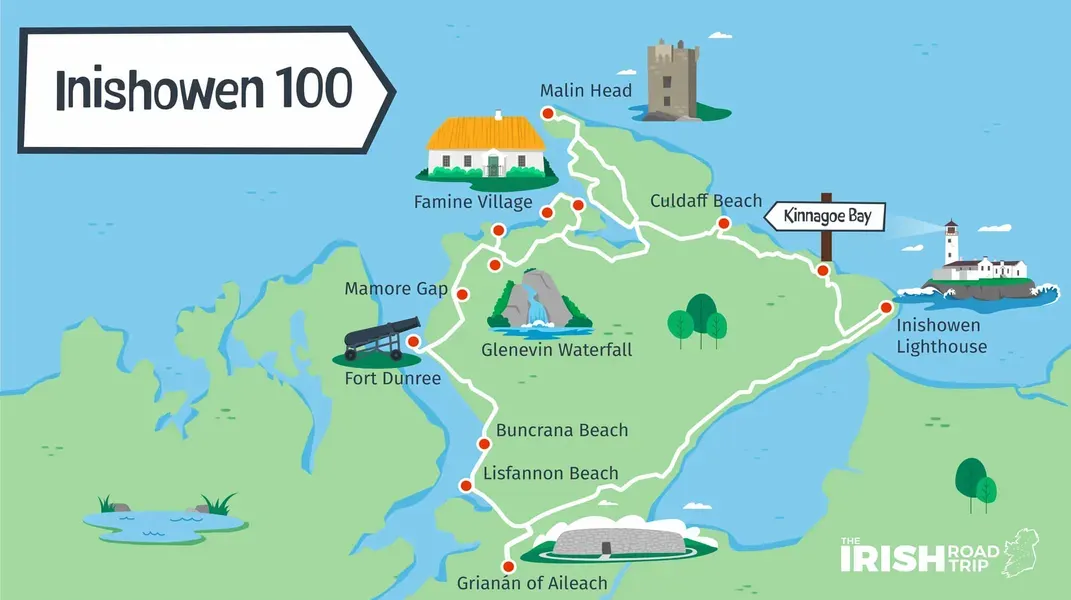Exploring Riding Mountain National Park: A Natural Gem in Canada
Nestled in the heart of Manitoba, Riding Mountain National Park is a breathtaking expanse of wilderness that offers a unique blend of scenic beauty, diverse wildlife, and a plethora of outdoor activities. Spanning over 3,000 square kilometers, this park is a sanctuary for nature lovers and adventure seekers alike. Established in

A Glimpse of Riding Mountain National Park
Geography and Landscape
Riding Mountain National Park is characterized by its dramatic topography, which includes rolling hills, deep valleys, and expansive plateaus. The park is part of the Manitoba Escarpment, rising steeply from the surrounding prairies and creating a unique ecological zone. The lush forests are predominantly made up of aspen, birch, and spruce trees, providing a vibrant backdrop for various recreational activities.
One of the park’s most notable features is its many lakes, including Clear Lake, which is perfect for swimming, fishing, and kayaking. The park's wetlands and grasslands are home to a rich variety of flora and fauna, making it a haven for birdwatchers and wildlife enthusiasts.
Flora and Fauna
Riding Mountain National Park is known for its diverse ecosystems, which support a wide array of plant and animal species. The park’s forests are home to black bears, elk, moose, and white-tailed deer, while the wetlands serve as a habitat for beavers, otters, and numerous bird species, including loons and herons. Birdwatchers will find delight in the park's 200-plus species of birds, many of which can be observed during the spring and fall migration.
The park’s varied landscapes also boast over 1,200 plant species, ranging from wildflowers to rare orchids. The breathtaking vistas and vibrant ecosystems make Riding Mountain a dynamic environment that changes with the seasons, offering visitors a unique experience regardless of when they visit.
Cultural Heritage
Riding Mountain National Park is not only a natural wonder but also a place of cultural significance. The park is home to the Anishinaabe people, who have lived in this region for centuries. Their history and traditions are deeply connected to the land, and visitors are encouraged to learn about Indigenous culture through various interpretive programs and exhibits.
Attractions and Activities
Hiking and Trails
One of the best ways to explore Riding Mountain National Park is through its extensive network of hiking trails. With over 200 kilometers of trails, ranging from easy walks to challenging backcountry routes, there is something for every level of hiker.
- The Bald Hill Trail is a popular choice for those seeking panoramic views of the park. This 5.6-kilometer loop trail leads to the summit of Bald Hill, where hikers are rewarded with breathtaking vistas of the surrounding landscape.
- The Grey Owl Trail is another highlight, offering a glimpse into the life of the famous conservationist Archibald Belaney, known as Grey Owl. This 10.5-kilometer loop trail takes you through lush forests and along the shores of beautiful lakes.
- For those seeking a more leisurely stroll, the Clear Lake Trail is perfect. This easy, 2.5-kilometer trail meanders through the forest and offers access to the stunning Clear Lake.
Wildlife Watching
Wildlife viewing is a major draw for visitors to Riding Mountain National Park. The park offers numerous opportunities to observe animals in their natural habitat, particularly during the early morning or late evening hours.
- Elk Viewing: The park is renowned for its elk population, and the best time to spot them is during the rutting season in the fall. The Riding Mountain Elk Herd is one of the largest in Canada, and visitors can often see these majestic animals grazing in the meadows.
- Birdwatching: With over 200 species of birds recorded in the park, birdwatching is a must for enthusiasts. Bring your binoculars and keep an eye out for migratory birds during spring and fall.
- Photography: The diverse landscapes and abundant wildlife provide endless opportunities for photography. Whether you are capturing the vibrant fall foliage, tranquil lake scenes, or majestic animals, Riding Mountain is a photographer’s paradise.
Water Activities
Clear Lake and other bodies of water in Riding Mountain National Park offer a variety of recreational activities for water enthusiasts.
- Swimming: The sandy beaches along Clear Lake provide an ideal spot for swimming and sunbathing during the summer months.
- Fishing: Anglers will find numerous fishing opportunities in the park. Clear Lake, as well as other lakes, are home to species such as northern pike, walleye, and perch. A valid fishing license is required.
- Kayaking and Canoeing: For those looking to explore the waters, kayaking and canoeing are popular options. Rentals are available in the park, allowing you to paddle at your own pace.
Winter Activities
Riding Mountain National Park is a year-round destination. In winter, the park transforms into a snowy wonderland, offering various winter sports.
- Cross-Country Skiing: With over 50 kilometers of groomed ski trails, cross-country skiing is a popular activity in the park. Trails are available for different skill levels, ensuring everyone can enjoy the snow-covered landscapes.
- Snowshoeing: For those looking for a more leisurely winter activity, snowshoeing offers a great way to explore the park’s trails. Rentals are available, and numerous trails wind through the forested areas.
- Ice Fishing: Ice fishing is a unique experience offered on the park’s frozen lakes during winter. Anglers can try their luck catching fish through the ice.
Preparing for Your Visit
Essential Materials
Before heading to Riding Mountain National Park, it’s important to prepare adequately to ensure a safe and enjoyable experience. Here’s a checklist of materials and gear you should consider bringing:
- Clothing: Dress in layers to accommodate changing weather conditions. Lightweight, moisture-wicking fabrics are ideal for summer, while insulated clothing is necessary for winter visits. Don’t forget a waterproof jacket and a hat for sun protection.
- Footwear: Sturdy hiking boots or shoes are essential for exploring the park’s trails. Make sure they are comfortable and broken in to avoid blisters.
- Camping Gear: If you plan to stay overnight, bring a tent, sleeping bag, and camping stove. The park has several campgrounds with amenities like fire pits and picnic tables.
- Food and Water: Pack plenty of snacks and meals for your visit, along with a reusable water bottle. Water refill stations are available in some areas, but it’s always good to have extra on hand.
- Navigation Tools: Bring a map of the park and a compass or GPS device. While many trails are well-marked, it’s always wise to have a backup navigation method.
- First Aid Kit: A basic first aid kit can be invaluable in case of minor injuries. Be sure to include items like adhesive bandages, antiseptic wipes, and any personal medications.
- Sun Protection: Sunscreen, sunglasses, and a wide-brimmed hat are essential for sun protection during outdoor activities.
- Insect Repellent: Mosquitoes and ticks can be prevalent in the warmer months, so bring insect repellent to keep them at bay.
- Binoculars and Camera: For wildlife viewing and photography, binoculars will enhance your experience, and a camera will help you capture those unforgettable moments.
Park Regulations and Safety
Before visiting, familiarize yourself with the park’s regulations and guidelines to ensure a safe and enjoyable experience. Here are some key points to keep in mind:
- Wildlife Safety: Keep a safe distance from all wildlife. Feeding animals is strictly prohibited, as it can alter their natural behavior.
- Leave No Trace: Follow Leave No Trace principles to minimize your impact on the environment. Pack out all trash and minimize campfire impact.
- Stay on Designated Trails: To protect the park’s ecosystems, stick to marked trails and avoid trampling on vegetation.
- Check for Alerts: Before your visit, check the park’s website for any alerts or closures due to weather conditions or maintenance.
Conclusion
Riding Mountain National Park is a treasure trove of natural beauty and outdoor adventure, making it an ideal destination for visitors to Manitoba. Whether you’re hiking through lush forests, observing wildlife in their natural habitat, or simply relaxing by the tranquil lakes, the park offers something for everyone. With proper preparation and a sense of adventure, your visit to Riding Mountain will be a memorable experience that connects you to the beauty of Canada’s wilderness. So pack your bags, gather your gear, and set out to explore this remarkable national park.




